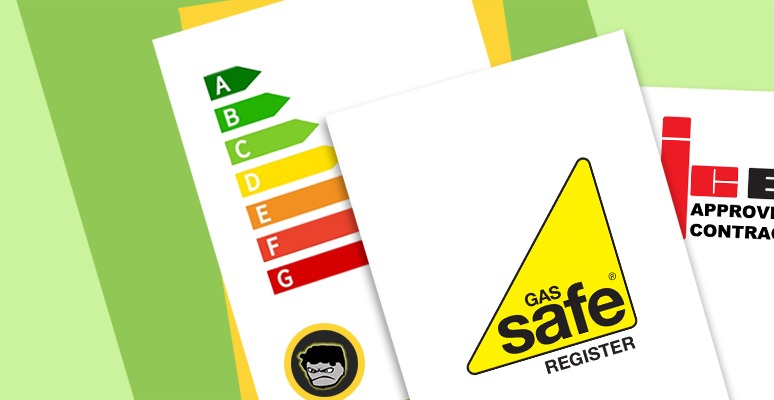Notes
- Last updated July 2024.
- The graph below shows house prices adjusted for inflation (“real” house prices).
- The data is collected from Nationwide’s house price index (nationwidehousepriceindex.co.uk).
- The data starts from 1975 to the current year.
- Nationwide builds their house price index from their mortgage lending data (Nationwide is one of UK’s biggest mortgage providers). More information about their methodology (i.e. how they calculate house prices can be found here).
- When house prices are adjusted for inflation, it provides a more accurate representation of the purchasing power of a property relative to other goods and services over time. This adjustment is crucial for comparing the true value of property across different time periods and for understanding the real changes in wealth or affordability for homeowners and buyers.
That’s why house prices adjusted for inflation are referred to as “real house prices” (because it calculates the value of the property, not just the purchase or sale price).
Inflation erodes the purchasing power of money, meaning that over time, the same amount of money can buy fewer goods and services.
For example, a typical property in 2005 Q1 would, on average, have cost £152,790 at the time. To purchase the equivalent amount of ‘retail goods’ today (based on RPI), it would require £310,932. This comparison indicates that the average property today holds less purchasing power than it did in 2005.
- The rate of inflation is measured by the Office for National Statistics Retail Price Index (RPI).


 Landlord Products / Services
Landlord Products / Services




















